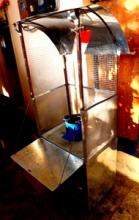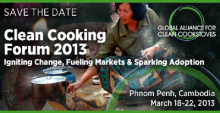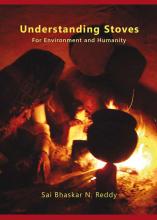On February 22, 2012 I did three boiling tests.
The first test was carried out on a normal propane gas burner that I have in my kitchen.
http://youtu.be/w8OdW_GEhWo
Here it took 6 minutes and 6 seconds to bring one liter of water to a boil.
The burner shown in this video is a very efficient premix gas burner.
But since it operates solely by means of convection, its performance is not optimal.
The second test was carried out using the 150 gasifier:
http://youtu.be/jK3UTe1Lxqk
Here it took 3 minutes and 42 seconds to bring one liter of water to a boil.
Note that the same pan without a lid was used in these two boiling tests.
Here heat is transferred by both convection and thermal radiation.
The third test was carried out using an insulated electric water kettle, as shown here:
http://dl.dropbox.com/u/22013094/150%20Gasifier/Boiling/IMG_1042.JPG
Here it took 3 minutes and 25 seconds to bring one liter of water to a boil.
In this way I was able to compare the two previous results
with what could be considered to be the fastest way to boil water in a kitchen setting.
I wonder if you have found any technical design literature for this added radiative mesh? (Materials, wire diameters and spacing, etc?)
I have no theoretical understanding with regard to what is happening with the wire mesh dome.
I tried flat wire mesh, and this did not work at all.
The wire mesh has to be in the form of a dome to accommodate the small diffusion tail that you see here:
http://youtu.be/WXZvvoxCm1g
I tried wire meshes of various apertures.
If the aperture of the wire mesh is too big, the flames are not contained properly under the dome.
If the burning of gases takes place above the dome, the dome does not turn red hot.
This week I will experiment with much finer wires and apertures.
Also, if I turn down the primary air to a point where much less gas is produced,
combustion no longer takes place at the burner holes but within the apex of the dome.
Here a most unusual but stable cloud of burning gases is formed.




